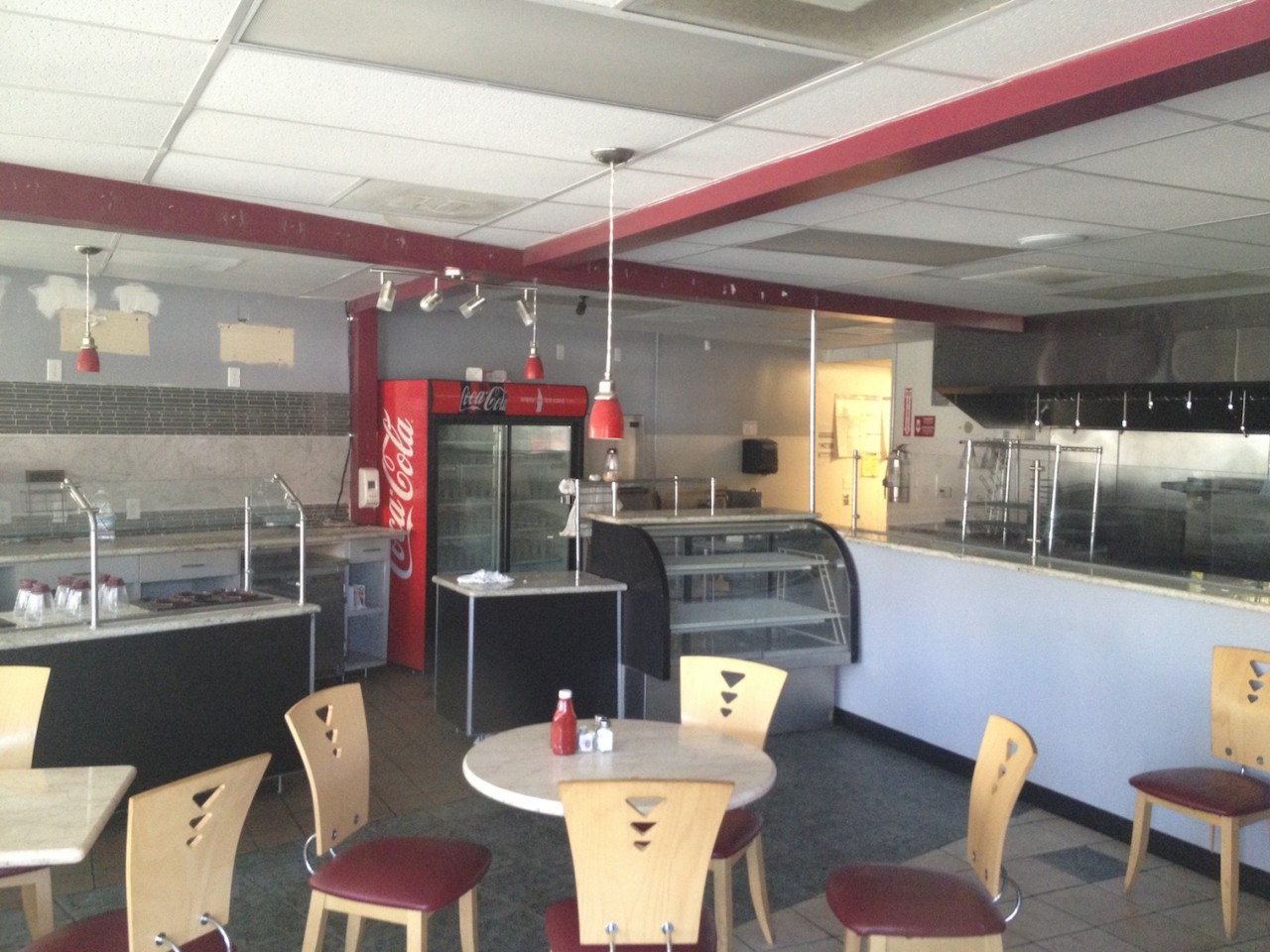
Rehabilitation ĭecades of deferred maintenance caused the Williamsburg Bridge to deteriorate significantly. Three more concrete roadways were added in 1941 as part of a Works Progress Administration project. In January 1932, it was agreed to convert a pair of abandoned trolley tracks on the south side of the bridge that had been deemed unsafe to an 18-foot-wide (5.5 m) roadway. Originally, the Williamsburg Bridge was used mainly by trolley lines and railways (see § Rail tracks). At the time it was the longest suspension bridge span in the world, and remained so until the opening of the Bear Mountain Bridge in 1924. The bridge opened on December 20, 1903, at a cost of $24.2 million ($624 million in 2016). Additionally, a fire occurred on the Brooklyn side's tower in November 1902, which nearly severed the bridge's cables. There were several deaths during construction, including a worker who fell from the Manhattan approach in May 1900 the main steelwork engineer, who fell from the Brooklyn approach in September 1900 and a foreman who drowned in March 1902. The bridge was damaged by fire while under construction in 1902 The East River Bridge was renamed the "Williamsburg Bridge", after its Brooklyn terminus, in 1902. Ornamental lights were also placed on the bridge. Afterward, construction progressed at a fast pace, owing to the ease of manufacturing the steel. The pedestrian path on the East River Bridge was completed in June 1901. The pair were fully strung by April 16, and work on the bridge's pedestrian deck begun soon afterward. They were to be replaced later with permanent 18 + 3⁄ 4-inch-thick (48 cm) main cables made up of 7,696 smaller cables twisted together. The first temporary wires between the East River Bridge's two towers were strung on April 9, 1901.

The bridge's supporting wires were manufactured by the Roebling Company in Trenton, New Jersey and ready to be installed by February 1901. More than 10,000 people were evicted from these houses during construction. To accommodate the bridge's approaches, 600 houses were demolished in total, including 330 on the Manhattan side and 270 on the Brooklyn side. Public opposition had caused the cancellation of previous proposals, which included a wide street extending from the end of the bridge to either Cooper Square or the intersection of Houston Street and Second Avenue. This was the third plan for the bridge's western approaches that was publicly announced. The portion of Spring Street between the Bowery and Lafayette Street was also expanded. Īs part of the Williamsburg Bridge's construction, the section of Delancey Street between the bridge's western end and the Bowery was widened. A commission of six people appointed by the state was proposed, but the bill was rejected. In January 1898, Mayor Robert Anderson Van Wyck removed the members of the East River Bridge Commission due to "charges of extravagance".

The caissons were manufactured in a shipyard in Williamsburg. The caisson on the Manhattan side was completed in May 1897, upon which time the caisson on the Brooklyn side was launched. Įngineers first constructed caissons on either side to support the future bridge. Buck was the chief engineer, Henry Hornbostel was the architect, and Holton D. The new bridge was to be built north of the Grand Street Ferry, terminating at Delancey and Clinton Streets on the Manhattan side and at South Fifth Street and Driggs Avenue on the Brooklyn side. Historic film clip of a procession during the opening of the Williamsburg Bridge in 1903Ĭonstruction on what was then known as the "East River Bridge", the second to span it, began in 1896 after approval by the Governor of New York on May 27, 1895. The Williamsburg Bridge once carried New York State Route 27A and was planned to carry Interstate 78, though the planned I-78 designation was aborted by the cancellation of the Lower Manhattan Expressway and Bushwick Expressway.

The others are the Queensboro Bridge to the north, and the Manhattan and Brooklyn Bridges to the south.

The bridge is one of four toll-free vehicular bridges connecting Manhattan Island and Long Island. Completed in 1903, it was the longest suspension bridge span in the world until 1924. The Williamsburg Bridge is a suspension bridge in New York City across the East River connecting the Lower East Side of Manhattan at Delancey Street with the Williamsburg neighborhood of Brooklyn at Broadway near the Brooklyn-Queens Expressway ( Interstate 278). New York City Department of Transportationġ0 feet 6 inches (3.2 m) (inner roadways only)ĭecem 118 years ago ( December 20, 1903)


 0 kommentar(er)
0 kommentar(er)
